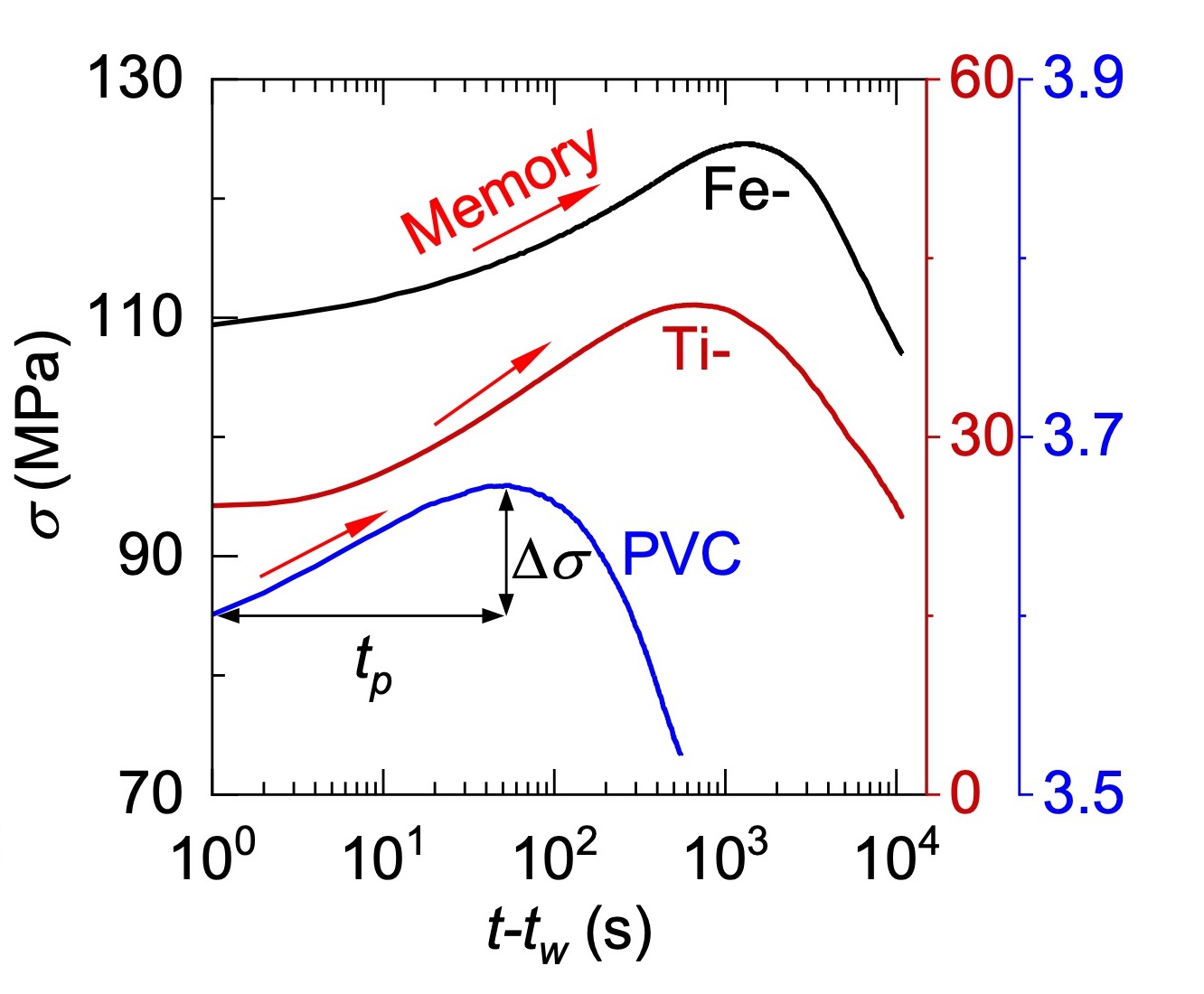Prof. Wang Junqiang’s team at the Ningbo Institute of Materials Technology and Engineering (NIMTE) of the Chinese Academy of Sciences (CAS), has observed an abnormal stress memory effect in glasses, which can be applied to restrain the stress relaxation and improve the stability of glasses under constant strain loading.
The study was published in Nature Communications.
As non-equilibrium materials, glasses are widely used as structural materials in various engineering disciplines.
Under constant strain loading, stress relaxation, i.e., a gradual reduction in stress, inevitably occurs. This significantly weakens the load-bearing capacity and stability of the material, thereby shortening its service life.
Inspired by the Kovacs memory effect that induced by two-step annealing, researchers at NIMTE applied two-step high-to-low strain stimulations to structural glasses.
During the stress relaxation process, when a sequence of high strain to low strain is applied, the stress does not decrease gradually, but increases first and then decreases. This demonstrates the Kovacs-like stress memory effect in structural glasses.
The memory effect in glasses becomes stronger when under conditions of increased atomic collectivity, including larger applied strain, longer stimulation time in the first stage, as well as higher temperature.
In addition, the runback of reversible motions of small atoms was revealed to be the essential mobilizing mechanism of the memory effect.
This work sheds light on the further development and advancement of stress relaxation resistance in various glasses.

Fig. The stress memory effect in glasses induced by two-step high-to-low strain stimulations (Image by NIMTE)
Contact
WANG Junqiang
Ningbo Institute of Materials Technology and Engineering
Email: jqwang@nimte.ac.cn

